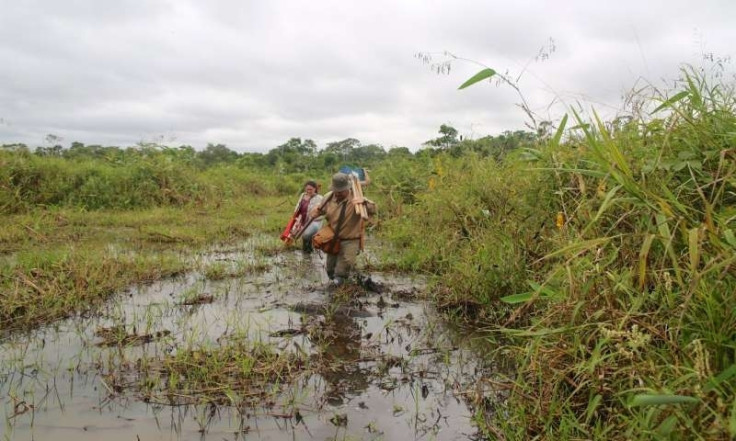Amazonian farmers unlocked the secrets of wild rice domestication 4,000 years ago
Much of this ancient knowledge was lost due to the impact of European colonisation.

A new study has documented for the first time the domestication of rice in the Americas prior to the arrival of Europeans. Around 4,000 years ago, Amazonian farmers learned how to manipulate wild rice so that it provided a higher yield, archaeologists from the UK and Brazil have found.
They discovered how to grow bigger crops using larger grains, however, research suggests that this expertise was lost after 1492, when the indigenous population was decimated due to the impacts of European colonization.
The results of the study, which was conducted in the vast wetlands of Rondônia state in Brazil, could aid modern day plant breeders who are developing rice crops which are less susceptible to disease and more adaptable to the effects of climate change than Asian rice varieties.
More than half of the world's population depend on rice for more than 20% of their daily calories, according to the researchers.
Modern global consumption is dominated by varieties of the domesticated Asian (Oryza sativa L. and African (O. glaberrima Steud.) species, which were domesticated respectively around 11,000 years ago in the Yangtze river region in China, and around 2,000 years ago in Africa.
The research from the University of Exeter highlights the importance of the huge wetlands and tropical forests of the South American lowlands in the history of agriculture. Among the crops first domesticated in these areas were cassava, peanuts and chili peppers.
Wild rice was already a seasonal staple of indigenous South Americans long before the introduction of Old World species in the eighteenth century by Europeans. Historical and ethnographic accounts from the 16<sup>th to the 19<sup>th centuries often mention the consumption of wild rice species by indigenous groups in the region. However, the domestication of the plant had not been properly investigated until now.
For the study, published in the journal Nature Ecology & Evolution, the archaeologists analysed samples of microscopic plant remains from ten different time periods. These were collected during excavations conducted by the University of São Paulo in 2014. This evidence suggested to the researchers that rice began to play a larger role in the diet of people who lived in the Amazon region – and more was farmed – as time went on.
Changes in the ratio of the husk, leaf and stem remains found at different ground levels also suggest that the Amazonian farmers became more efficient at harvesting the crop over time, bringing more grain and fewer leaves to the site. The species of wild rice grown – known as Oryza sp. - also became bigger over time compared to the type first cultivated by South Americans.
"This is the first study to identify when wild rice first began to be grown for food in South America," said Professor Jose Iriarte from the University of Exeter, who led the research. "We have found people were growing crops with larger and larger seeds. Even though they were also eating wild and domesticated plants including maize, palm fruits, soursop and squash, wild rice was an important food, and people began to grow it at lake or river edges."
Wild rice was a particularly important resource during the rainy season when flooding caused damage to other crops.
© Copyright IBTimes 2025. All rights reserved.





















